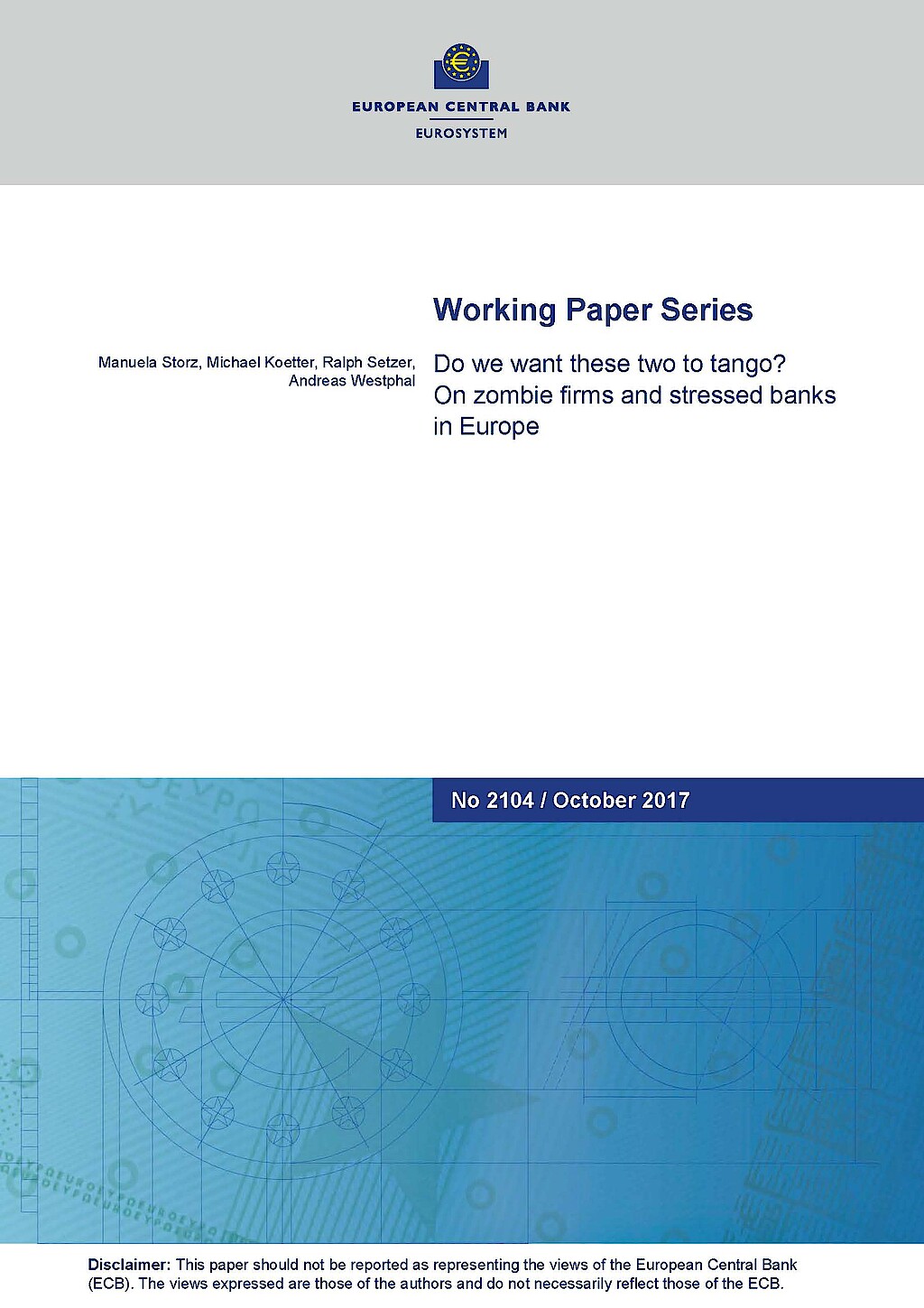
The Drivers of Revenue Productivity: a New Decomposition Analysis with Firm-level Data
This paper aims to derive a methodology to decompose aggregate revenue TFP changes over time into four different components – namely physical TFP, mark-ups, quality and production scale. The new methodology is applied to a panel of EU countries and manufacturing industries over the period 2006-2012. In summary, patterns of measured revenue productivity have been broadly similar across EU countries, most notably when we group them into stressed (Italy, Spain and Slovenia) and non-stressed countries (Belgium, Finland, France and Germany). In particular, measured revenue productivity drops for both groups by about 6 percent during the recent crisis. More specifically, for both stressed and non-stressed countries the drop in revenue productivity was accompanied by a substantial dip in the proxy we use for TFP in quantity terms, as well as by a strong reduction in mark-ups.





